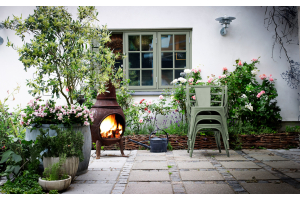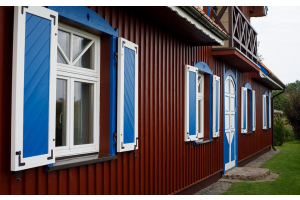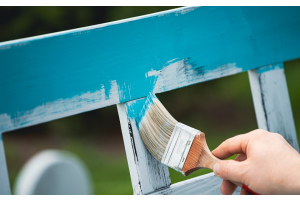- Tinted Paints
- Interior Emulsion Paint
- Interior Trim Paint
- Interior Varnishes & Oils
- Interior Furniture Paint
- Anti Mould Paint
- Anti Damp Treatment
- All Surface Primer
- Special Surface Primer
- Floor Paints & Coatings
- Exterior Paint
- Exterior Masonry Paints
- Exterior Trim Paints
- Exterior Paint Undercoat
- Exterior Oils & Varnishes
- Shed & Fence Paints
How to wallpaper like a pro and the tools to use
Wallpapering is one of those jobs that can be made a lot, lot easier with good preparation and of course by having the right tools for the job. In this guide we’ll go through not only the way to get a perfect finish every time, but also the tools you’ll need for this.
Step 1
Before you even consider a wallpapering job the first step to undertake is the preparation of the surface. This may mean stripping the existing wallpaper or could just be a case of washing down the existing paintwork to make sure it is clean and will form a good base for your wallpaper. Don’t forget to fill any holes and if the surface is rough then it is well worth using lining paper to create a smooth surface.
Step 2
Next up is measuring the wall that you’d like to wallpaper to work out how much material you’ll need. If you are using patterned paper you’ll need to know the pattern repeat as this will mean that you need more paper and will have more wastage as you need to match up the pattern. Another thing you need to check is that all rolls have the same batch number as this means the colour will be a perfect match.
Step 3
With your room prepared and your paper purchased you can now start getting to work on the job at hand and actually putting the paper up. If you have chosen a patterned paper then it is best to start in the middle of the room and work your way outwards while a plain paper is easiest to start from one of the edges. Don’t forget to mark a straight line on the wall using a plumb bob to account for your walls not being totally square.
Step 4
Using a pasting table lay your wallpaper pattern side down and cut your wallpaper to length making sure you have a 50mm overlap at both ends. Paste the back of the paper using a large paste brush to spread your wallpaper paste evenly over the area. Fold the top end of the paper over and move the wallpaper along to paste the remaining section. Once pasted, fold this again to almost meet the other folded section.
Step 5
With the paper folded it will be easy to manage and carry over to where you need it without getting covered in paste. Once positioned on the wall you can unfold the top of the paper and smooth onto the wall and then continue smoothing the paper from the top to the bottom. Where the paper meets the skirting board and ceiling push it into the edge to create a crease which will then show you where it needs to be cut.
Step 6
Carry on cutting and papering until you have decorated your room. With patterned paper you’ll need to measure this against the previous piece to match up the pattern and ensure you get this lined up properly.
Tools needed
To get the perfect finish there are a number of tools that will make your job easier. The ones that we would recommend are: paste bucket, paste brush, paste table, paperhanging brush, paperhanging scissors, trimming knife, seam roller, plumb bob and a pencil.







